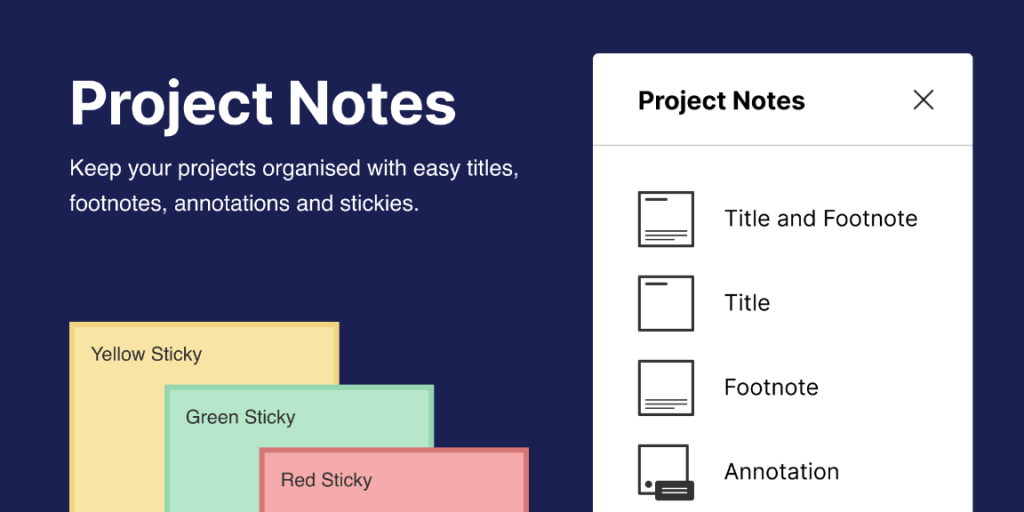

copyfile ( alt_icon_path, path ) return open ( path, 'wb' ). Request ( url + icon_path, headers = HEADERS ) try : icon = urllib2. xpath ( or ) if icon_path : request = urllib2. You are here: Home / For firms models of working together / favicon. copyfile ( alt_icon_path, path ) return icon_path = lxml. read ( 2048 ) # 2048 bytes should be enought for most of websites except ( urllib2. codecademy codeception codecheck codeclimate codecommit codecov codedeploy codefactor codegenerator codeigniter codekit codemeta codemirror codeowners. Request ( url, headers = HEADERS ) try : content = urllib2. Request ( url + 'favicon.ico', headers = HEADERS ) try : icon = urllib2. endswith ( '/' ): url += '/' request = urllib2. We hope you will enjoy using Oleose template’s easy to navigate, user-friendly and catchy. It works on all main web browsers 'IE8+', tablets and phones. A perfect example of this is the hiding of malicious credit card stealing scripts in the EXIF data of a. Template comes with developer friendly and easy to customizable code. Hackers are always evolving their tactics to stay one step ahead of security companies. I have no idea why changes to css and tmpl work fine, but images cause this unexpected result.Import sys import shutil import urllib2 import lxml.html HEADERS = def get_favicon ( url, path = 'favicon.ico', alt_icon_path = 'alticon.ico' ): if not url. Oleose is an incredibly eye catching and fully responsive Bootstrap 3 Template for any app profissional landing page. tmpl I modified and dekit are mentioning it (and I'm not at all familiar with CodeKit, but the instructions claim that it's only relevant for git, not me, and to leave the file alone, although it seems to profile names and sizes of all images - however I don't see anything else on the server reference this codekit file). Result: page loads with broken image icon just like before.Ī grep search for image name revealed that only the. I tried this with the main lg-gogs.png logo too. tmpl back to point to original image (/img/favicon.png), overwrite original with the new image. Result: page loads with broken image icon, DOM inspector says that it's pointing to /img/my_favicon.png but doesn't show the image, going to that URL directly doesn't show the image either.Īction: change. Here is what I've tried so far and the outcomes:Īction: copied a new favicon image (my_favicon.png) into public/img/ and changed /templates/base/head.html to point to it (/img/my_favicon.png) instead of the original (/img/favicon.png), left original untouched and restarted the container. 15 Best Favicon Generators WSDL, SOAP, REST, & ODATA Introduction and Resources.
#Favicon codekit update
When I update the css, changes take effect right away, when I update tmpl, I need a container restart (implying that html is generated at server start time), when I update anything in public/img/ directory, however, I can't seem to get those assets used at all and I'm clueless about what's happening since most web servers/frameworks treat public/img/ as a static directory with all of its contents publicly visible by default. CodeKit (Paid) Compass.app (Paid, Open Source) Ghostlab (Paid) Hammer (Paid)(Mac) Koala (Open Source) LiveReload (Paid, Open Source) Prepros (Paid). When looking at deployed project, the assets of interest are in the following directories: public/img/*.png
#Favicon codekit code
All I need to know now is that what code must I add and where so that it is displayed in each of my forum page. Now I'm trying to customize the html a bit to look consistent with our company's other tools. Hey, I have created a favicon and uploaded it on my root directory (publichtml) with the file name 'favicon.ico'. The ‘Appearance’ settings will expand providing you additional options. On the left-hand side, you’ll see a menu. I downloaded a binary via docker for the Gogs project ( ), set it up (via docker pull gogs/gogs) and the server works as expected. The favicon is called a site icon in WordPress and can be added in the customize theme section.


 0 kommentar(er)
0 kommentar(er)
